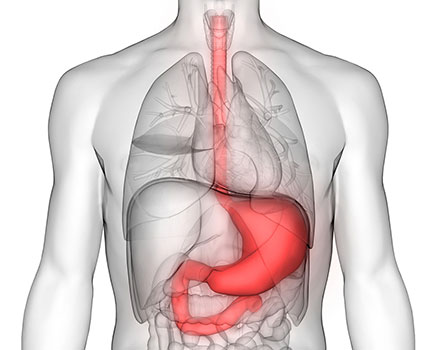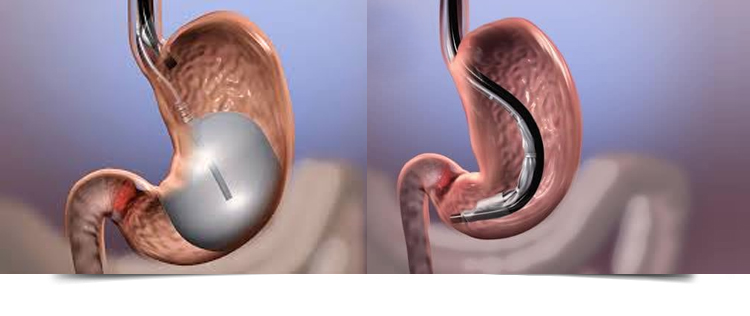Achalasia Dilatation

Pneumatic dilation is an endoscopic therapy for achalasia. An air-filled cylinder-shaped balloon disrupts the muscle fibers of the lower esophageal sphincter, which is too tight in patients with achalasia.
How is Pneumatic Dilation Performed?
During an outpatient upper endoscopy, the endoscopist passes a catheter with a deflated balloon through the mouth and into the stomach. The balloon is centered over the lower esophageal sphincter and inflated with air.
The pneumatic dilating balloon used to treat achalasia is 30 to 40 mm (about 1.2 to 1.6 inches) in diameter. The standard dilator used to treat other causes of difficulty swallowing has a maximum diameter of 20 mm (about 0.75 inch).
If symptoms do not improve adequately with the first dilation, a second or third procedure may be performed at a later date with a larger dilator. Pneumatic dilation is often performed with X-ray guidance, although it can be performed using EndoFLIP, without X-ray guidance.
Who Needs Pneumatic Dilation?
Patients with difficulty swallowing due to achalasia may be treated with pneumatic dilation. Alternative treatments include peroral endoscopic myotomy (POEM), Heller myotomy (a traditional surgery), and botulinum toxin.
Related Services

Dr. Bhavik Shah
Gastroenterologist in Raipur
After finishing his Graduation from prestigious Pravara Institute of Medical Sciences, Loni in 2011, Dr. Bhavik Shah joined Choithram Hospital and Research Centre in Indore.
Our other services
Timings
Mon - Sat (09:00Am - 10:00PM) Sun - (10 am–7 pm)
Phone No
+91-74894 92554
address
1st floor, Indian Chilli Square, Shankar Nagar Rd, opposite Vidya Hospital, Geetanjali Colony, Shankar Nagar, Raipur, Chhattisgarh 492001






